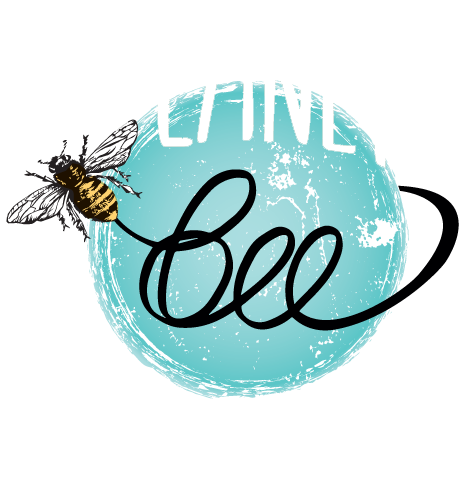The Progression of the Hive: Ancient Times
- Planet Bee Foundation
- Mar 10, 2022
- 2 min read

Beehives have been around for millenia, protecting bee colonies from the weather and other natural adversities. They have also acted as a space where bees can safely produce honeycomb. While there is no record of humans building beehives until 2500 B.C. in Ancient Egypt, humans have been interacting with bees for at least 10,000 years. Prehistoric drawings found in caves indicate that humans have been using wax and eating honey for millenia. Oh how the human-bee relationship has evolved since then!

Beginning in 2500 B.C.E., Egyptians began to build simple beehives that could house dozens of the little pollinators. Beekeepers built thin, cylindrical hives out of mud from the Nile. These little rolls could be stocked either horizontally or vertically in rows of eight, amassing bee farms with nearly 500 hives. Preserved hieroglyphics depicting these farms can still be found in wall carvings to this day.
Around 900 B.C.E., Israelites began to use straw and clay to build beehives and apiaries. The straw acted as a more breathable material and molded well with the shape of the clay. Well planned apiaries were discovered in the Tel Rehov region, revealing an advanced honey industry. This honey was traded along routes across the Middle East, acting as an important condiment in ancient times
500 years later, citizens of the Roman empire began to make beehives using coils of grass or straw. This led to the creation of the straw skep, a beekeeping method that was used for centuries thereafter. These beehives were originally weaved as baskets which were later turned upside down to provide a safe place for bees to produce honeycomb. Before the pointy top was added, beekeepers would squeeze the skep, in order to release the honey, consequently killing the hive inside. The top was eventually created to preserve the life of the colony.
The beginnings of beekeeping and beehive building allowed for humans to collect honey while providing bees with a safe place to buzz about and flourish in their colonies. This practice has transcended across time, with a resurgence of beekeeping and beehive building in recent years! Tune in next week to read about the building of beehives in the Middle Ages and Industrial Revolution and as always, bee well!


